Google launching a line of wireless charging accessories could have a big impact on Pixel’s future
Magnetic accessories might be the key to giving Pixel a more complete ecosystem experience.
This article may contain personal views and opinion from the author.

Google might finally be catching up to Apple when it comes to accessories, and that could make a real difference for Pixel users. A recent report suggests that the Pixel 10 may introduce magnetic charging support. If true, this could lay the groundwork for a new kind of accessory system — something that's been referred to as "Pixelsnap." But to make this work, Google will need to do more than just add magnets. It needs to launch a complete lineup of its own accessories that are designed to work with the feature.
Apple’s MagSafe system, introduced with the iPhone 12, has become more than a wireless charging solution. It’s now a full ecosystem of magnetic accessories: wallets, chargers, battery packs, mounts, and more. Apple’s own products lead the way, and third-party makers have followed with plenty of options. The system is reliable, easy to use, and consistent across the iPhone lineup.
In comparison, Android phones, including Pixel devices, have long supported Qi wireless charging but never had a shared magnetic standard. That’s created an uneven experience. A few Android brands like Motorola and Realme have explored magnetic systems, but none have reached wide adoption or established a consistent accessory lineup.
One issue that has held back Pixel devices in particular is the placement of the wireless charging coil. Unlike iPhones, which have their MagSafe coil centered directly in the middle of the device, Pixel phones tend to place their coil slightly higher on the back. This difference may seem minor, but it can cause problems with accessory compatibility.

Charging coil location on the Google Pixel 9 Pro Fold. | Image credit — Google
MagSafe wallets or battery packs often fail to line up properly on Pixel devices, resulting in weak connections or failed charging. For users trying to use MagSafe accessories with a Pixel, the experience has often been unreliable.
A Pixelsnap system could fix that by standardizing the coil location and adding a magnetic ring designed specifically for accessory alignment. This wouldn’t just make accessories work better, it would also give Google a chance to develop its own platform of tightly integrated products — from chargers and stands to wallets and mounts.
Right now, Pixel users don’t have many first-party accessory options beyond the Pixel Stand and a small set of official cases. Google has largely relied on third parties to fill in the gaps, but that approach has left the Pixel ecosystem feeling incomplete. If Pixelsnap is coming, this is a chance to change that.
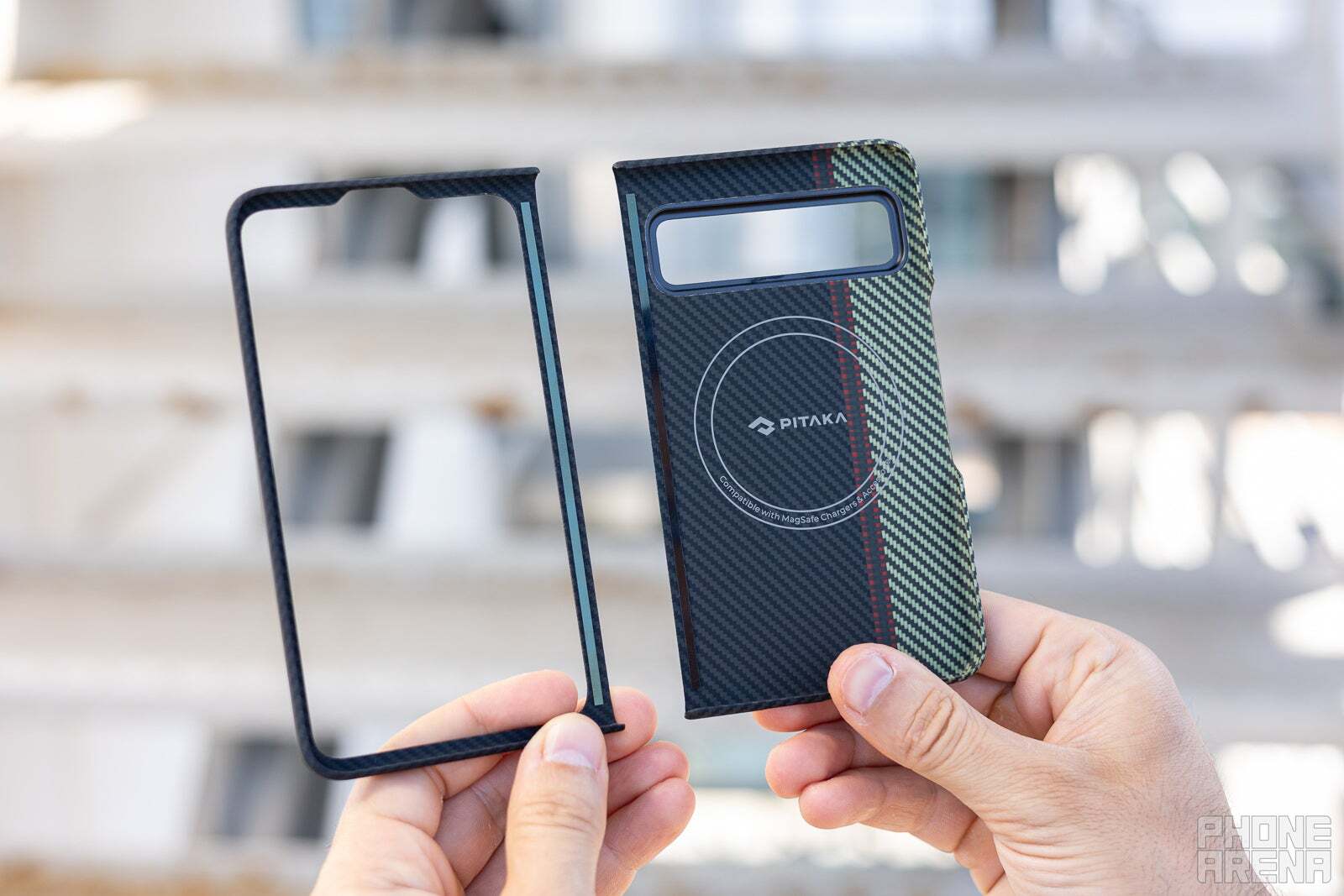
Pixel users have had to rely on third party case manufacturers to get that Magsafe-like experience. | Image credit — PhoneArena
A strong lineup could include not just chargers, but snap-on battery packs for portable charging, dashboard mounts for cars, and even accessories for the Pixel Tablet or Pixel Fold. With one well-designed magnetic system, these devices could work together more seamlessly and deliver a more consistent user experience.
But success will depend on how committed Google is. If the magnetic ring is added quietly without any first-party accessories, Pixelsnap risks being overlooked or ignored. To stand out, Google needs to launch a curated line of accessories that show off what the system can do. These products should be available at launch, work flawlessly, and show that Google is serious about offering more than just the phone.
There's also the question of whether this system will remain exclusive to Pixel phones or expand to other Android devices. If it’s made open, Pixelsnap could grow into a broader Android standard — something the ecosystem has long needed. But if it’s limited to Pixel, Google will need to show why that exclusivity adds value.
As Apple continues to strengthen its ecosystem and Samsung doubles down on foldables and wearables, I believe this could be the Pixel's chance to fill a different role in the Android space. A smartly executed Pixelsnap system could bring the kind of consistency and polish Pixel users have been asking for ages.
It’s a small addition on the surface, but it could have a big impact — one that makes the Pixel feel more like part of a thoughtful ecosystem, rather than a standalone device. For Google, the real challenge is sticking with it and getting every piece to snap into place.
Follow us on Google News


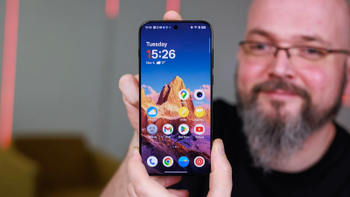


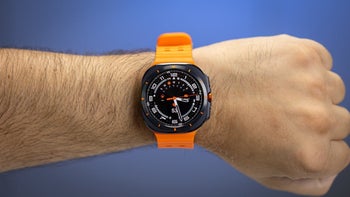


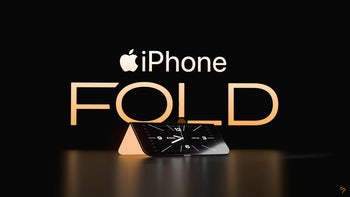
![A new Android bug is making it impossible to install new apps. Are you affected? [UPDATE]](https://m-cdn.phonearena.com/images/article/176703-wide-two_350/A-new-Android-bug-is-making-it-impossible-to-install-new-apps.-Are-you-affected-UPDATE.webp)
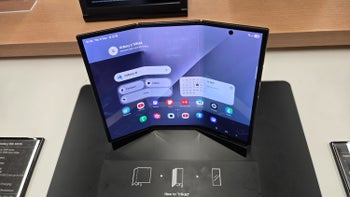
Things that are NOT allowed:
To help keep our community safe and free from spam, we apply temporary limits to newly created accounts: